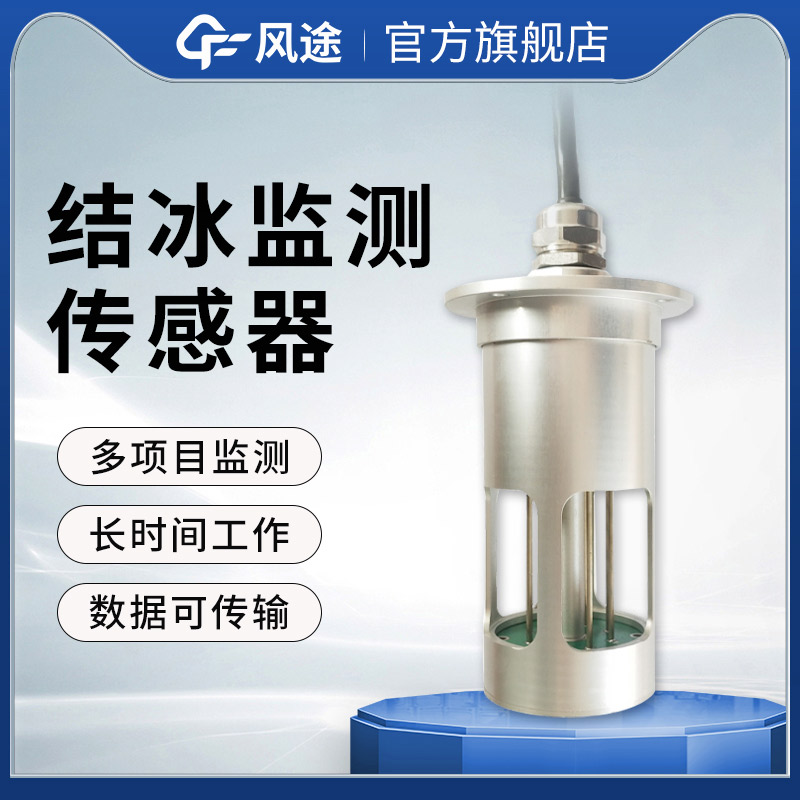Meteorological environment monitoring equipment supplier
Insist on doing high-precision customer favorite technology products
The phenomenon of ice cover refers to the formation of a thick layer of ice on the surface of a transmission line. When this layer of ice reaches a certain degree of thickness, it will increase the burden of the transmission line, which may lead to the line can not withstand the heavy pressure and fracture. If the transmission line is in overloaded operation for a long time, it may also trigger the tilt or even collapse of the tower.
In areas with complex terrain, ice cover may also trigger the oscillation phenomenon of transmission lines, which will also pose a threat to the stability and safety of the transmission system. In the windy areas of mountainous regions or valleys, due to strong and persistent winds, the ice on the surface of transmission lines may oscillate under the wind, and this oscillation may show a rhythmic, low-frequency dancing state. This dancing will not only cause physical impact on the transmission line, but may also trigger the resonance effect between the line and the supporting towers, intensifying the impact and pressure on the towers and increasing the risk of tilting or even collapsing the towers. This continuous oscillation and dancing can also cause damage to the metal equipment in the transmission line.
Ice cover poses a major challenge to the power transmission system, and this phenomenon is difficult to avoid completely. In our country, there have been several serious incidents of transmission line icing. Therefore, it is crucial for the power system to study and implement effective preventive measures to mitigate the adverse effects of ice cover and ensure the stability and security of power supply.
Microwave ice-cover monitoring technology is widely used in power systems, especially in areas with harsh climates, for real-time monitoring of transmission line ice-cover conditions. This technology uses microwave ice-cover sensors to detect and analyse signals reflected back from the ice-covered surface to determine the thickness and density of the ice. This monitoring device provides accurate data and has a fast response time for a wide range of applications. It has become an effective tool for predicting and preventing the risk of ice cover on transmission lines, helping the power industry to reduce accidents and disruptions caused by ice cover.
